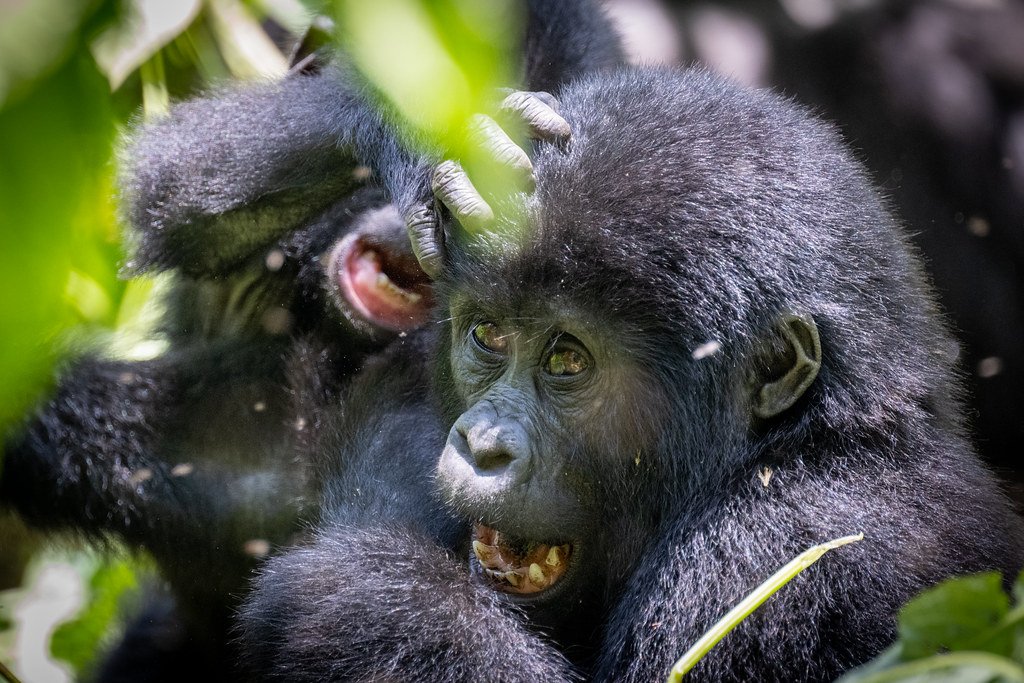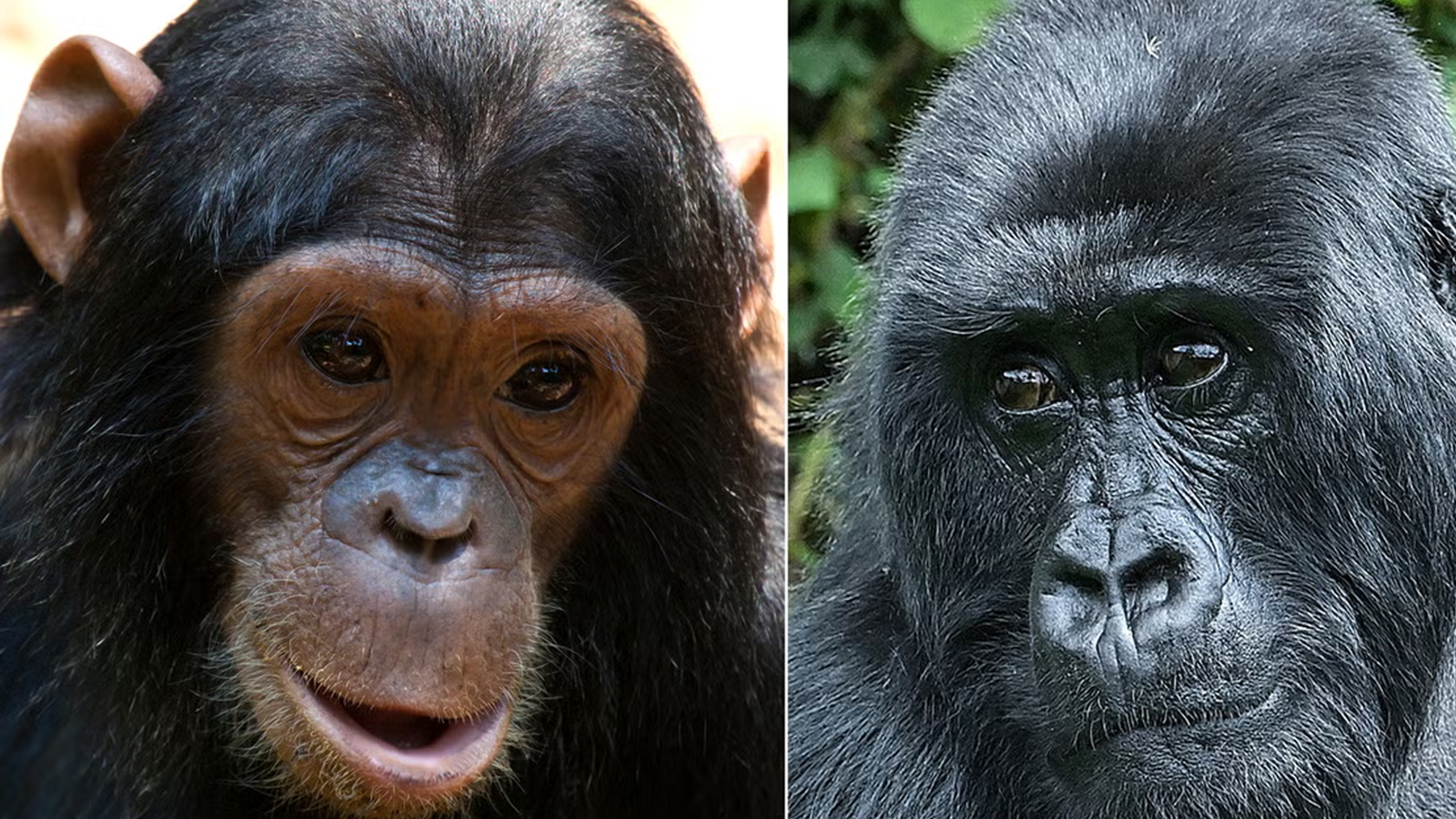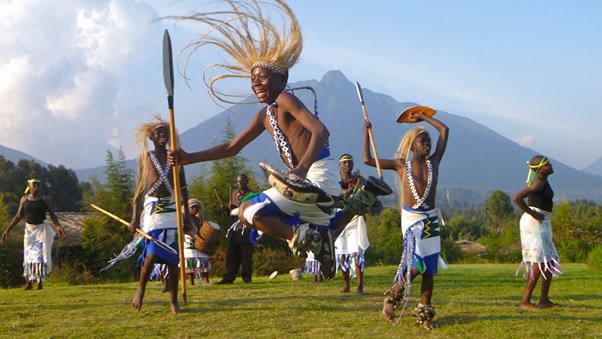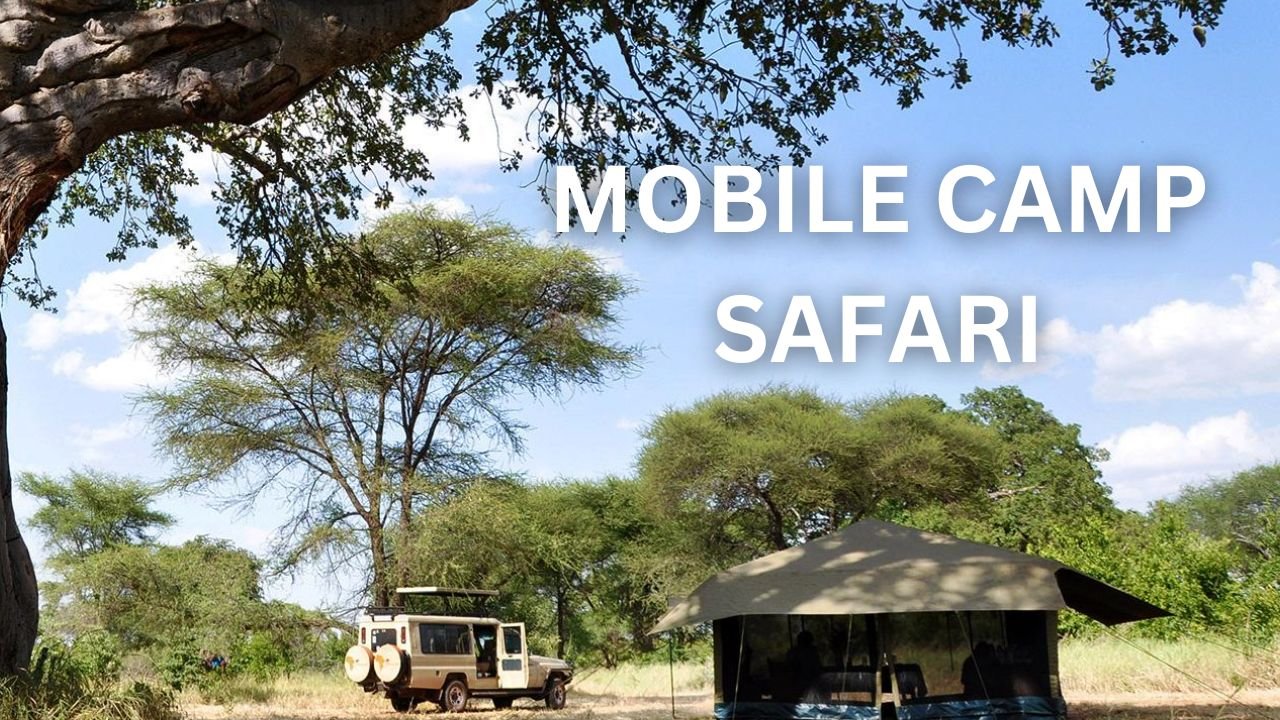Gorilla Trekking in High Season in Bwindi National Park
Gorilla trekking in Bwindi Impenetrable National Park is a thrilling and unique wildlife experience. Bwindi is home to a significant population of endangered mountain gorillas, and it’s one of the best places in the world to see them in their natural habitat.
High season for gorilla trekking in Bwindi typically coincides with the drier months of June to September and December to February.

Here’s what you need to know about gorilla trekking during the high season:
Permit Availability:
Gorilla trekking permits are limited, and demand is high throughout the year. During the high season, permits can be especially hard to come by, so it’s essential to book your permit well in advance, sometimes up to a year ahead of your planned trek. Gorilla trekking permits in Bwindi National Park are limited and in high demand year-round.
During the high season (June to September and December to February), it’s essential to book permits well in advance, sometimes up to a year ahead, due to their scarcity. Working with a reputable tour operator can help secure permits and plan your trip effectively.
Be prepared for higher permit costs during the high season and flexibility in your trekking dates to maximize your chances of securing a permit.
Weather:
The high season is characterized by drier weather, making trekking conditions more comfortable. However, Bwindi’s terrain is still challenging, with steep and muddy trails, so be prepared for physical exertion and wear appropriate clothing and gear.
Wildlife Activity:
While gorilla trekking is the main attraction, Bwindi National Park is teeming with other wildlife, and during the high season, you may have better chances of spotting other animals as well. The clear skies can also make for excellent bird watching opportunities.
Crowds:
High season means more tourists, which can lead to larger trekking groups and potentially more crowded trekking experiences. However, the park authorities manage this to minimize disturbances to the gorillas and maintain a controlled environment.
Accommodation:
Accommodation options within and around Bwindi can fill up quickly during the high season. Make your lodging reservations well in advance to secure your preferred place to stay.
During the high season in Bwindi National Park, accommodation choices can become limited due to increased demand. To ensure you get your preferred place to stay, it’s advisable to make reservations well in advance, as lodges and hotels can fill up quickly during this time.
Planning ahead is key to securing comfortable and convenient accommodations for your gorilla trekking trip.
Cost:
Gorilla trekking permits are more expensive during the high season than during the low season. The exact cost varies depending on the park’s policies, so be sure to check the latest permit fees when planning your trip.
The cost of gorilla trekking permits in Bwindi National Park and other gorilla habitats varies depending on the park’s policies and location.
Here’s an elaboration on how the cost of permits can change during the high season:
- High Season Costs: During the high season, which typically coincides with the drier months (June to September and December to February), gorilla trekking permits often come with a higher price tag. This increase in cost is due to the higher demand for permits during this time, as it’s considered the most favorable period for trekking due to better weather conditions.
- Peak Season Pricing: Within the high season, some specific dates may be classified as peak season, such as holidays and festive periods. During peak season, permit fees may be even higher, reflecting the maximum demand for permits.
- Low Season Discounts: In contrast, the low season, which includes the rainy months of April, May, and November, typically sees a reduction in permit fees. Lower demand during this time leads to lower prices for permits. Travelers who are more budget-conscious may opt to visit during the low season to take advantage of these reduced permit costs.
- Varying Costs by Country: Permit fees can also differ between countries. For example, the cost of gorilla trekking permits in Uganda may vary from those in Rwanda or the Democratic Republic of Congo. Each country sets its own pricing structure for permits.
- Conservation Fees: It’s important to note that the fees for gorilla trekking permits contribute significantly to conservation efforts aimed at protecting these endangered primates and their habitats. Part of the permit fees goes toward funding park management, anti-poaching initiatives, and community development projects, ensuring the long-term survival of mountain gorillas.
- Updated Pricing: Gorilla trekking permit fees can change over time, so it’s crucial to check the latest permit fees with the park authorities or your chosen tour operator when planning your trip. Being informed about current costs helps you budget accordingly for your gorilla trekking adventure.
In summary, the cost of gorilla trekking permits during the high season is generally higher due to increased demand, while the low season often offers reduced permit fees.
The exact pricing varies by country and park policies, so it’s essential to research and confirm the current permit fees when planning your gorilla trekking trip to Bwindi National Park or any other gorilla habitat.
Remember that the fees you pay contribute to gorilla conservation efforts, supporting their protection and preservation for future generations.
Health Precautions:
Ensure you are in good physical health before embarking on a gorilla trek. High altitude and strenuous hiking can be challenging, so consult with a healthcare professional if you have any concerns.
Conservation and Sustainability:
Follow all the guidelines provided by your tour guide and the park authorities to ensure you have a minimal impact on the gorillas and their habitat. Gorilla trekking is a vital source of revenue for conservation efforts in the park, so it’s essential to support these efforts responsibly.
Conservation and sustainability are paramount in gorilla trekking to ensure the protection of mountain gorillas and their fragile habitats.
Here’s an elaboration on why responsible behaviour is crucial during gorilla trekking:
- Habitat Preservation: Mountain gorillas live in highly sensitive ecosystems like Bwindi National Park. Following guidelines helps minimize disturbance to their habitat, reducing the risk of habitat degradation, deforestation, and soil erosion.
- Gorilla Health and Well-being: Trekking groups are kept small to limit stress on gorilla families. Approaching gorillas too closely or with inappropriate behaviour can disrupt their natural behaviours, potentially affecting their health and social structure.
- Disease Transmission: Gorillas are susceptible to human diseases because of our genetic similarities. Visitors are required to maintain a minimum distance from gorillas (usually around 7 meters or 21 feet) to reduce the risk of disease transmission. Avoiding trekking when ill is also essential.
- Local Communities: Revenue generated from gorilla trekking permits directly benefits local communities living near gorilla habitats. It funds education, healthcare, and development projects, reducing their reliance on illegal activities like poaching or habitat destruction.
- Guided Tours: Visitors are typically required to be accompanied by trained guides and rangers during treks. These professionals are well-versed in gorilla behaviour, ensuring safe and respectful encounters.
- Time Limits: Treks are limited to a specific duration (usually an hour) to avoid prolonged stress to the gorillas. This helps maintain their natural routine and reduces human impact.
- Litter and Waste: It’s vital to carry out all trash and waste from the park to minimize pollution and maintain the pristine environment.
- Education and Awareness: Many parks use gorilla trekking as an opportunity to educate visitors about conservation and the importance of protecting these endangered species.
- Regulations and Rules: Follow all the rules and regulations set by park authorities, as these are designed to safeguard both the gorillas and visitors.
- Community Engagement: Responsible gorilla trekking also involves respecting local customs and traditions. Learning about and engaging with the local communities can foster a sense of partnership in conservation efforts.
Responsible gorilla trekking is essential for the continued survival of mountain gorillas and the conservation of their habitats.
By adhering to guidelines, supporting local communities, and staying informed about the best practices, visitors can enjoy this unique wildlife experience while contributing to the long-term protection of these magnificent creatures.
In summary, gorilla trekking in Bwindi National Park during the high season offers the best weather conditions and increased chances of spotting other wildlife.
However, it requires careful planning, including booking permits and accommodations well in advance, to ensure a successful and memorable experience while contributing to gorilla conservation efforts.



